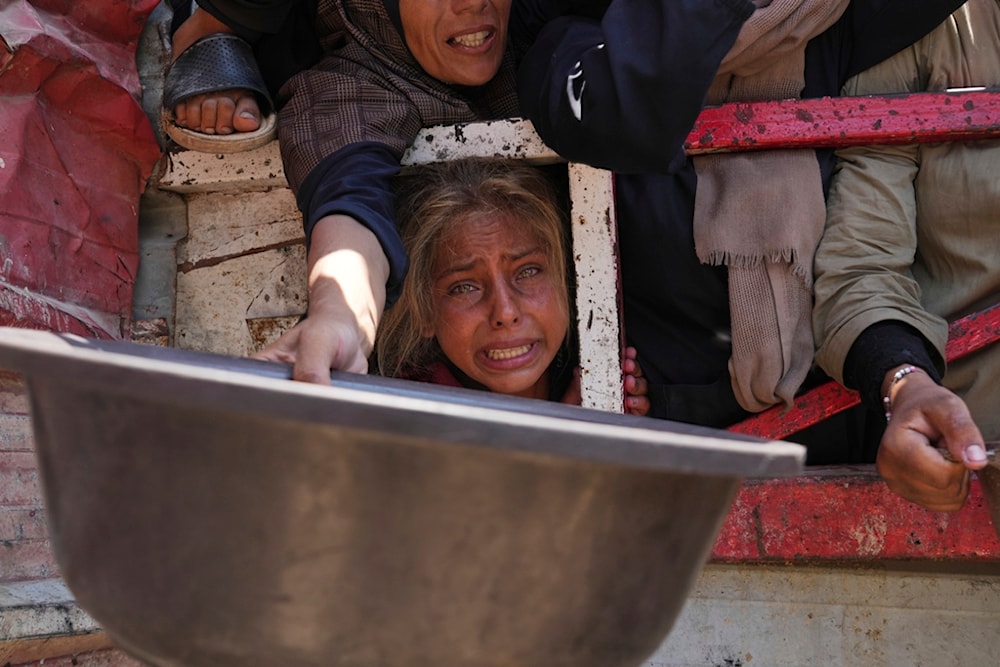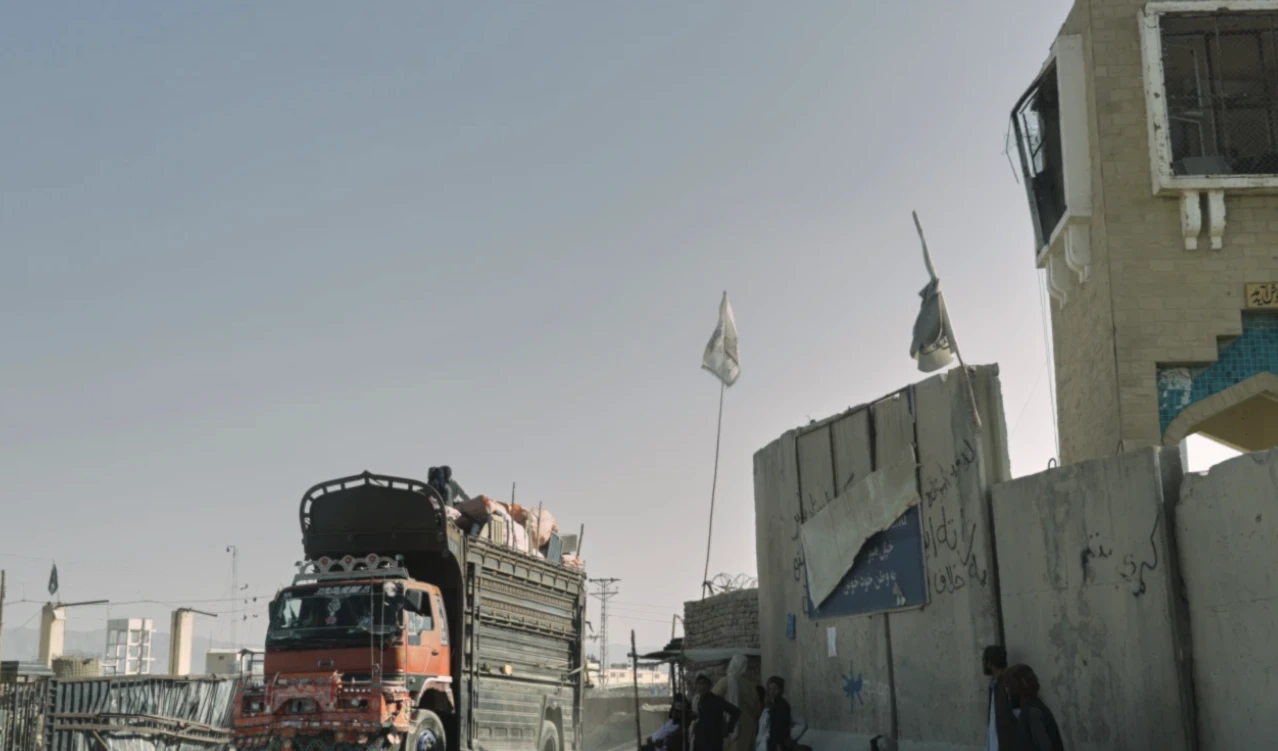Global Famine: Rising Starvation in Sudan, Gaza, Yemen and Afghanistan
From Sudan’s mass displacement to Gaza’s man-made famine and food crises in Yemen and Afghanistan, starvation is being used as a weapon of war, deepening one of today’s gravest humanitarian crises.
-

Palestinians struggle to receive donated food at a community kitchen in Gaza City, northern Gaza Strip, July 26, 2025. (AP)
For decades, famine-related deaths had nearly disappeared as global efforts worked to prevent mass starvation. Today, however, the trend has reversed.
From Sudan to Gaza, Yemen, and Afghanistan, millions are facing acute hunger as leaders weaponize food and humanitarian responses falter.
“About 10 years ago, famines began to make a return, and over the past few years we have seen the numbers dying from starvation begin to escalate in a terrifying way,” said Alex de Waal, executive director of the World Peace Foundation at Tufts University to FT.
Experts attribute this resurgence to declining aid budgets, weakened multilateral cooperation, and political indifference. The suspension of the US Famine Early Warning Systems Network earlier this year has also made it harder to track famine deaths accurately.
Read more: Acute hunger threatens 1 in 4 Somalis: UN
Gaza’s man-made famine
In Gaza, 2.1 million people are suffering as "Israel" restricts humanitarian food supplies. A UN-backed panel, the IPC, declared a famine around Gaza City, warning that it could spread. It described the situation as “entirely man-made.”
Following a 10-week total siege imposed in March, the World Food Programme (WFP) reported that food reaching Gaza is still a fraction of what is needed. The UN estimates half a million Palestinians are already in “catastrophic conditions characterised by starvation, destitution and death.”
“Israel has tried to persuade the world it isn’t a famine, but it has driven Gaza into one,” de Waal said. “Now the consequences are going to be many times more horrible.”
Read more: WFP chief: Difficult to deliver aid when Israelis point guns at us
Sudan’s silent food catastrophe
While Gaza has drawn intense international attention as a result of the immense on-ground media coverage, Sudan’s humanitarian crisis is even larger in scale. Since the war between the Sudanese Armed Forces (SAF) and the Rapid Support Forces (RSF) began over two years ago, more than 15 million people have been displaced.
The WFP reports that 25 million Sudanese, nearly half the population, face food insecurity, with at least 638,000 experiencing “catastrophic hunger.”
El Fasher, the last major city in Darfur not under RSF control, is under siege, with 750,000 civilians cut off from aid. The UN has documented famine conditions in nearby Zamzam camp, while Yale University’s Humanitarian Research Lab reported famine-like conditions within El Fasher itself. Civilians have resorted to eating ambaz, an animal feed supplement.
UN humanitarian chief Tom Fletcher lamented the inaction, calling Sudan “a grim example of indifference and impunity.”
Read more: Burhan vows to 'crush' RSF, rejects reconciliation in Sudan war
Humanitarian crisis in Yemen and Afghanistan
In Yemen and Afghanistan, years of civil war and political turmoil have deepened food shortages. Aid deliveries have slowed dramatically, leaving millions dependent on limited humanitarian relief.
Since 2020, Tufts University estimates famine deaths worldwide at 200,000–300,000 annually, with many in Yemen and Ethiopia.
Read more: Too weak to crawl: Afghan children face the risk of starving to death
Long-term scars of starvation
Experts warn that famine not only kills but leaves societies fractured for generations. Communities divided by hunger often turn on one another, fueling social unrest.
Historians link intercommunal violence in Bengal in 1947 to divisions that emerged during a famine four years earlier. In Gaza, desperation has fueled looting and the reselling of stolen food, signs of social breakdown.
“Israel is not ignorant of this,” said de Waal. “They are pushing a society to that point of breakdown where people turn on each other.”

 4 Min Read
4 Min Read










